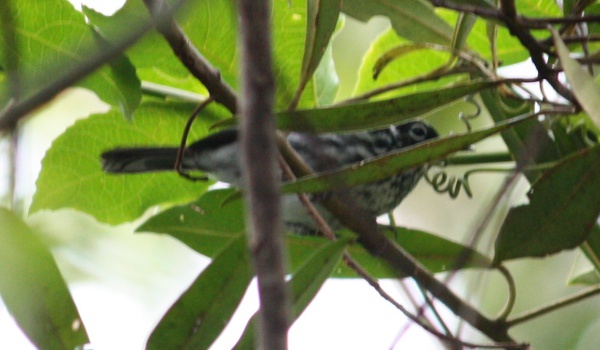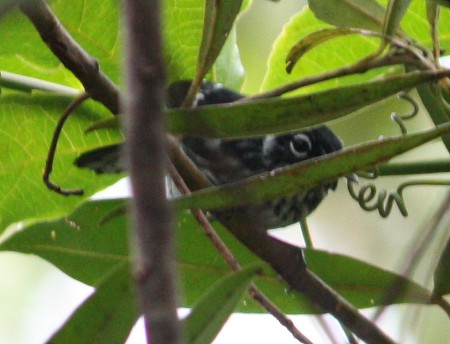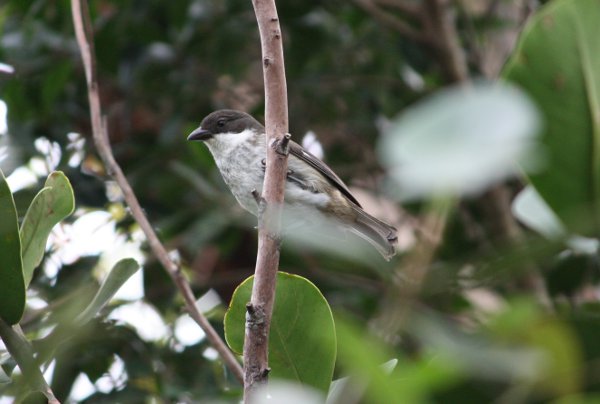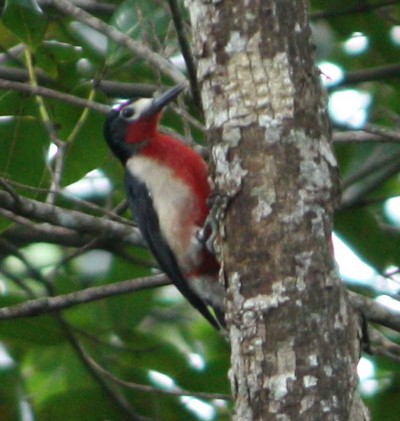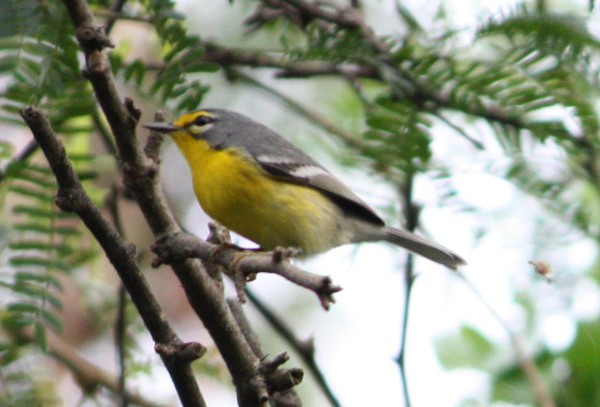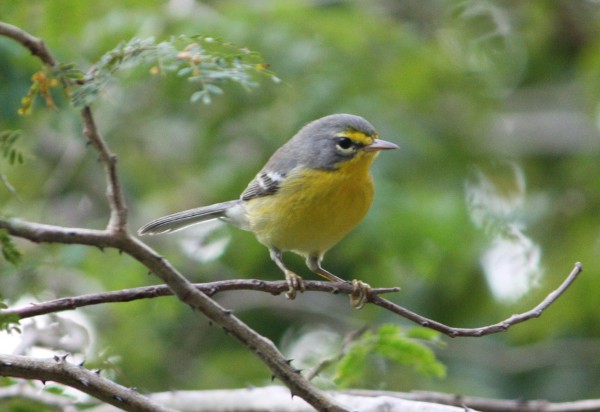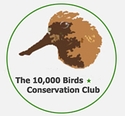Puerto Rico: Yellow-shouldered Blackbird
As mentioned in the recap of my third day in Puerto Rico, I left something out. I thought that a fantastic experience with a critically endangered bird deserved its own post.
There were still a handful of endemics that I hadn’t seen, but one loomed larger than the rest – Yellow-shouldered Blackbird. There may be no more than 3000, all in southwestern Puerto Rico and a few offshore islands. The best place to see them is the small town of Parguera. The traditional location is the Parador Villa Parguera, where the birds would come looking for food. But from what I’d read online, the best spot to see them currently was a small hardware store just down the street.
Continue west on PR 304 past the parador, keeping the water and mangroves on your left. In not very far, you’ll see a store on your right with a sign next to the road saying Ferreteria (hardware store). When you pull into the fairly large gravel parking lot, the store will be on your right, with a fence and tree to the left of the building. I knew I was in the right place as soon as I pulled into the parking lot; I could hear the distinctive calls of icterids. Lots of them.
Before I could even get out of the car, I saw some dark forms fly up into the tree right in front of us. Some of them were doing their best to hide their namesake field mark, but these were definitely Yellow-shouldered Blackbirds.
A closer look revealed a water fountain behind the fence and many birds foraging on the ground where, presumably, seed had been scattered for them. The birds would alternatively feed, drink and bathe on the fountain, and fly up into the tree to preen.
There were dozens of birds there, and every few minutes more would fly in from the mangroves across the street. Male Red-winged Blackbirds in flight, with their red epaulets glowing, are a stunning sight. Their yellow-shouldered cousins are every bit as distinctive and beautiful on the wing. I tried to capture some in full flight, but they were too fast. I could only get some preparing to land.
But as wonderful as the blackbirds were, there were other species present at the feast as well. There were a few Greater Antillean Grackles, Common Ground-doves, House Sparrows, and my first Black-faced Grassquits. Unfortunately, there were also some Shiny Cowbirds. Well, fortunate for me since they were a lifer, but bad news for the blackbirds. In addition to habitat loss, the blackbirds are threatened by nest parasitism from the cowbirds. The Shiny Cowbird, like their Brown-headed cousins, will lay their eggs in the nests of other birds and leave the unwitting hosts to raise the cowbirds, often at the expense of their own young.
I’ve got to admit, though, the male cowbirds are indeed shiny (in the literal sense, not in the sense Malcolm Reynolds would use the word). I could pick out a few in the mass of feeding birds, but couldn’t get any good pictures of them. This heavily cropped pic is the best I got.
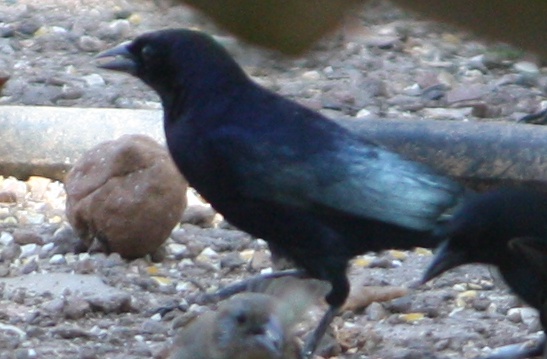
This may not have been the most natural place to see such great birds, but I can’t really complain about the great, close observations of an endangered species. It was very weird to consider that the 50+ Yellow-shouldered Blackbirds present represented a significant percentage of the world population.
On to my last day in Puerto Rico…
Tags: Caribbean Cruise 2010, Puerto Rico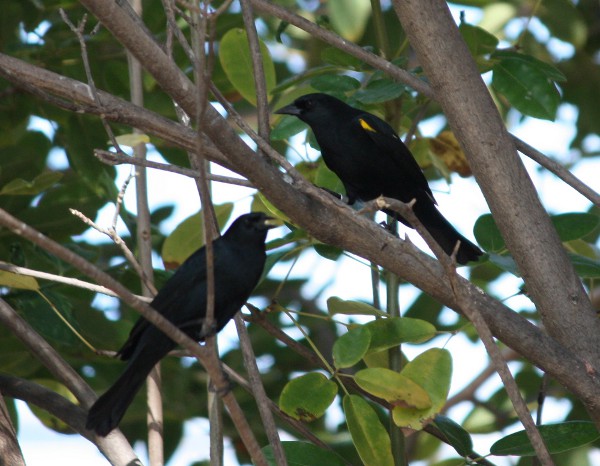
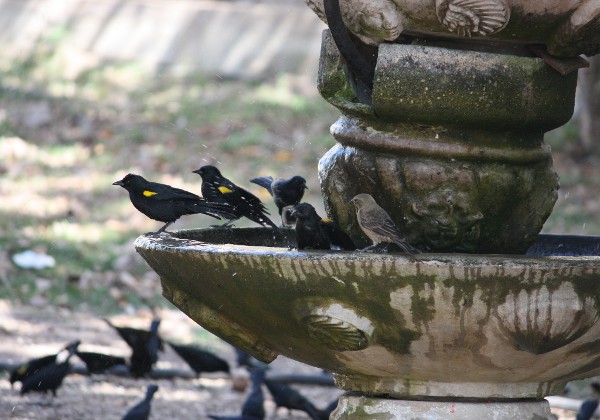
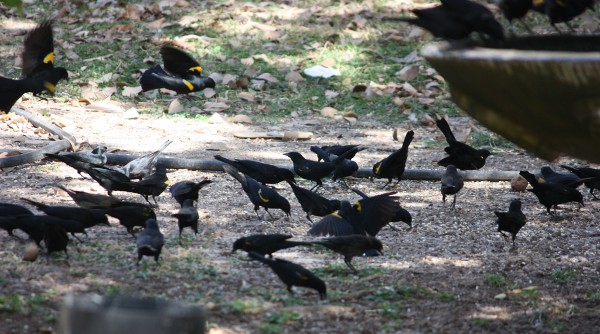
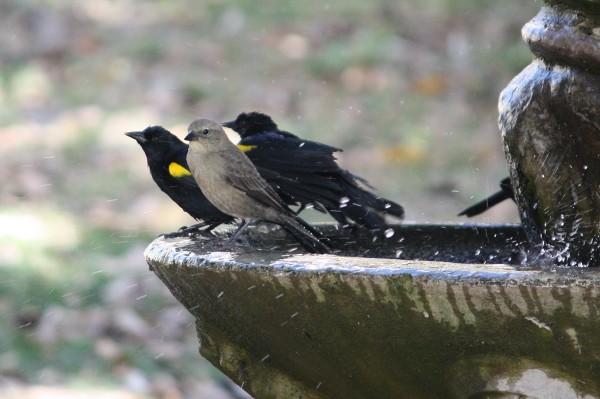
 Posted in
Posted in 
